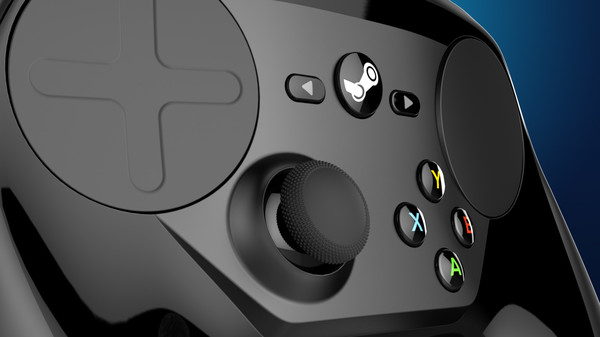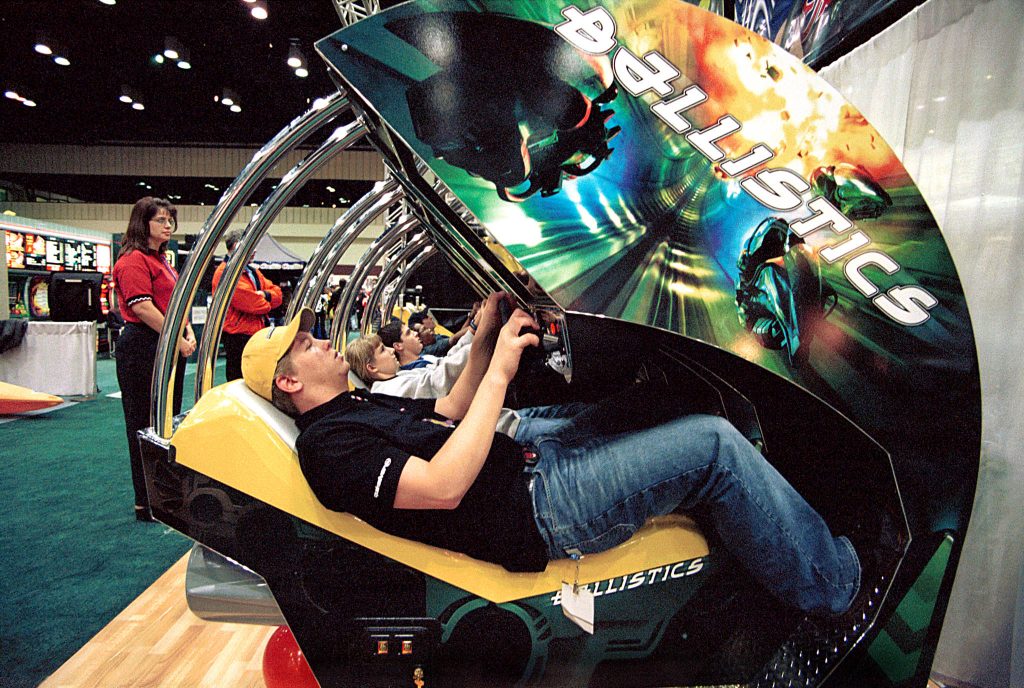
VR vs. Arcade Pangs
Hello everyone it’s story time with Kevin E again, and we’re back, for the last time you’ll be pleased to know, talking about Insomnia 58. In fact, beyond a future unboxing video with me on Last Minute Continue this is the last time I’ll be talking about the event at all. Honest. Scouts honour. Pinky swear with a cherry on top, or something.
You’ve got to admit though, for one event it certainly provided lots to talk about. So this week on VR vs I’m actually expanding a little on something I wrote Friday. In that article I discussed a moment of immersion I had whilst playing Rebellion’s Battlezone; which is shaping up to be a cracking title by the way. During play I became engrossed in what was going on around me to the point that in one instance I found myself reaching out to a non-existent console lever near my left hand. In doing so it broke the immersion for me that I was feeling and also made me consider afterwards how awesome it would have been if I was indeed in a cockpit.
Which brings me to the question for today: Why not?
Immersion isn’t just what you’re seeing. Frankly, how the industry (press included) talks sometimes you’d be forgiven for thinking it is. When you’re outside of a virtual reality (VR) headset the world around you is conveyed by the five senses of sight, sound, touch, taste and smell. Within VR with smell and taste complete ignored (unless you’re developing a South Park game) we tend to focus on sight and sound. But touch is also important, it’s your connection to the game. It’s the physical feedback that you’re feeling that helps paint the picture that your mind interprets.
So controllers and how they are used are also important. For some games this works better than others: It’s a sword. It’s a gun. It’s a flashlight. It’s a shield. It’s a bow and arrow set. It’s an extension of your arm. It’s an extension of your fist. It’s a paint brush. All of these work in the context of what you’re holding with a motion controller by sheer design. There’s a leap your brain can make based on what your eyes see, what sounds you’re hearing and what you can feel in your hand. The problem comes when it isn’t those, albeit expansive, categories. If I’m immersed in a world beyond and I can still feel I’m using a PlayStation DualShock n controller, or even a Steam controller then surely by default there’s already a compromise in the experience.
So if a PlayStation VR or an HTC Vive or (shortly) an Ouclus Rift can tell where the controller, motion or otherwise is and in Battlezone‘s case could show you a representation of it why limit that ability within VR to just that.

This works far better in the realm of seated VR admittedly, but it does go both for in the home and outside of it. Can you imagine how awesome it would be to have a full arcade-style, if not actual arcade version of something like Driveclub, or Gran Turismo? Where you not only see that you’re behind the wheel but you can feel it too. You have a racing wheel you can, see, feel and which moves with you. What if the wheel itself was touch sensitive so it knew where your fingers were? The game ‘shows’ you the position of your pedals and adjusts the interior based on their position maybe even your gear stick and handbrake. What if such a setup was created as a premium arcade game. You know the ones. Regardless of the success of arcades nowadays there’s a growing tendency for arcade versions of big titles. There’s always that one big simulator. Why not create an arcade experience one based around VR that uses a slightly modified headset and a fuller seated experience? You let people try out the game and you advertise it, the headset and it’s offset by a source of income. Make your hands-on truly hands-on.
Heck, show what’s going on mixed reality (MR) style outside on monitors. “Doesn’t this look cool! Try out the ultimate driving/fighting experience – and you have it in your home. Order _____ at your local ____ store.” Doesn’t that sound good to you? Evolve the arcades as well as the home entertainment sphere?
It’s an idea anyway.
This article was originally written by the author for VRFocus.






